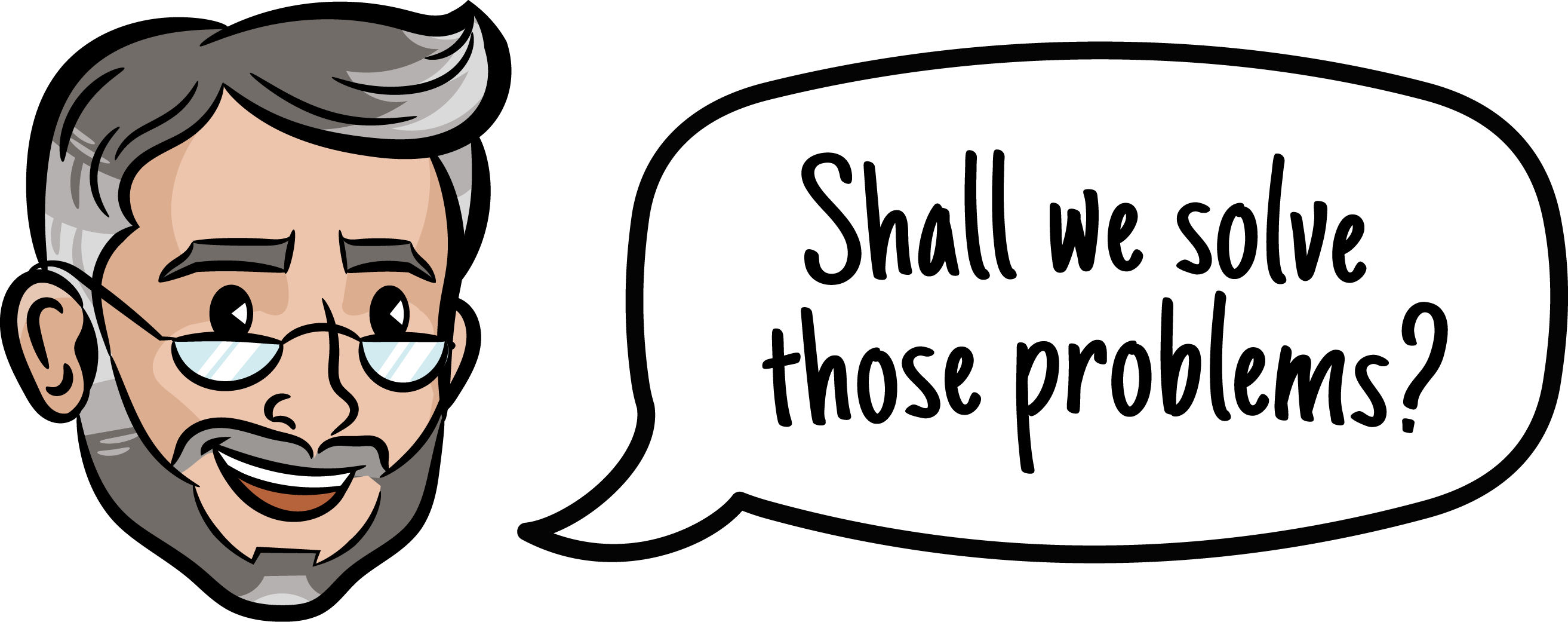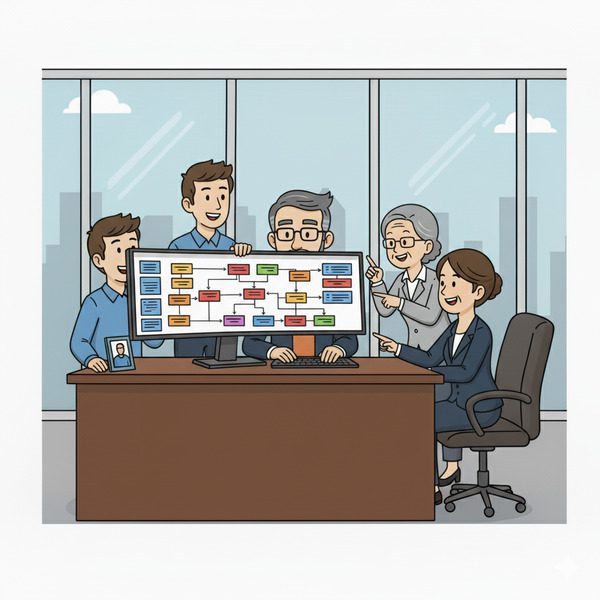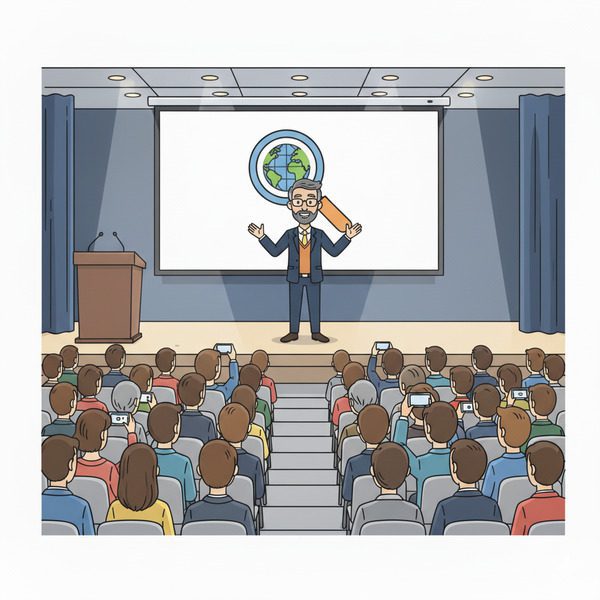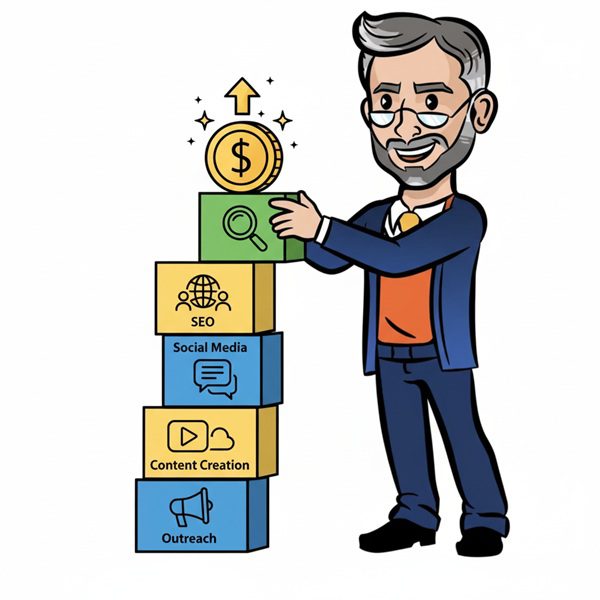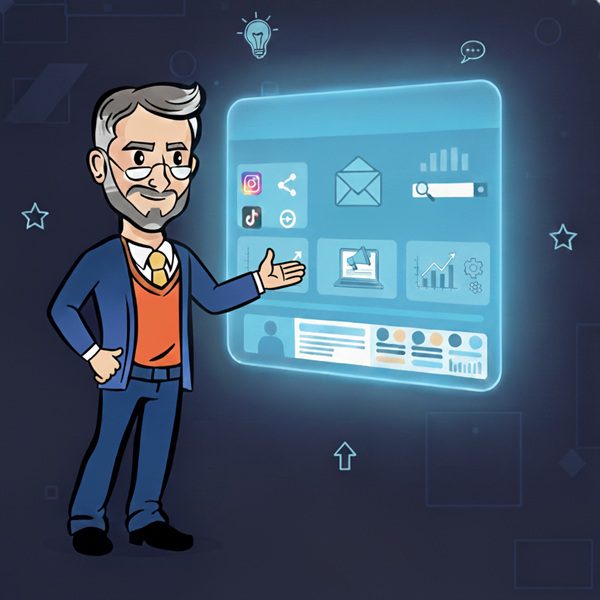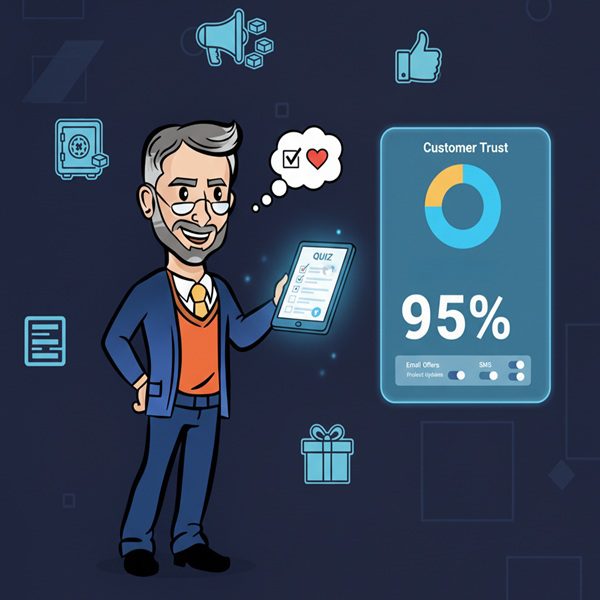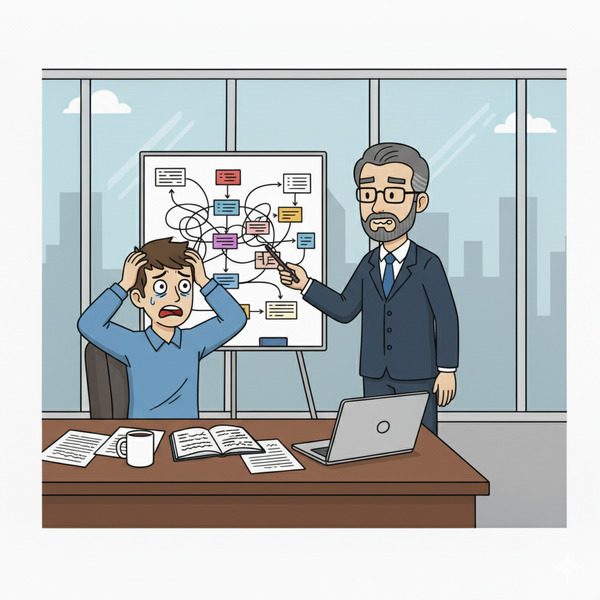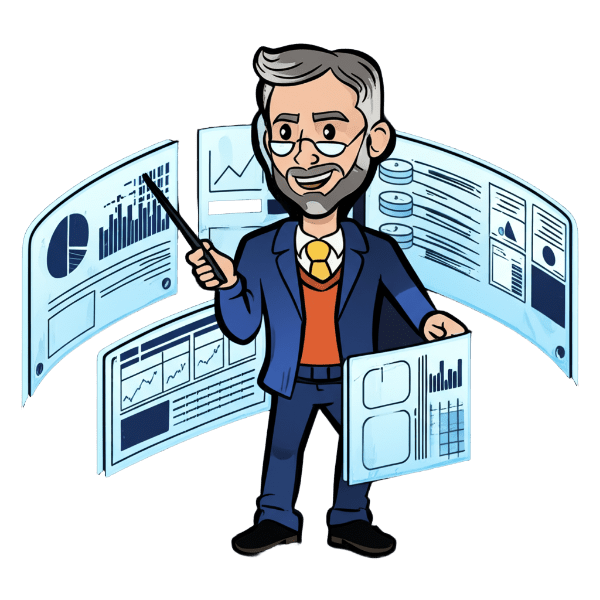Understanding Zendesk
Zendesk is a cloud-based customer service platform. It helps businesses manage customer interactions across channels like email, chat, phone, and social media. The tool brings all communication into one place, making it easier for teams to stay organized and efficient.
Example in a Sentence:
The company improved customer support by adopting Zendesk, which unified communication and reduced their response times.

Why Zendesk is Essential
Zendesk provides practical features that elevate customer service:
- Unified Communication – It combines all channels into one platform. As a result, support agents can respond faster and more consistently.
- Scalability – Whether you’re a small business or a large company, Zendesk adapts to your needs.
- Improved Productivity – Built-in automation takes care of repetitive tasks. Therefore, agents can focus on solving more complex issues.
Key Features of Zendesk
- Ticketing System
Customer requests turn into trackable tickets. Each one has a status to help agents manage resolution steps. - Multi-Channel Support
Zendesk connects email, live chat, phone, and social media. This ensures you’re available wherever your customers are. - Self-Service Knowledge Base
Build a help center with how-to guides and FAQs. This lets customers find answers on their own, reducing the number of tickets. - Automation and Workflows
Automate ticket assignments, responses, and notifications. As a result, support teams save time and stay consistent. - Reporting and Analytics
Dashboards offer insights into response time, resolution rates, and customer satisfaction. For example, you can track how long it takes to solve issues.
More Definitions
- Artificial Intelligence Marketing (AIM):
The use of artificial intelligence technologies to make automated decisions based on data collection, data analysis, and additional observations of audience or economic trends that may impact marketing efforts. - Below-the-Line Marketing:
Below-the-line (BTL) marketing is a way to promote products directly to specific customers. Unlike traditional ads on TV and radio, BTL marketing focuses on personal engagement. It includes email marketing, social media, in-store promotions, and events. - Buy-In:
In the context of sales and marketing, “buy-in” refers to the process of gaining agreement, acceptance, or commitment from stakeholders, customers, or team members towards a product, idea, strategy, or initiative. It involves convincing others of the value or potential success of a concept, thereby securing their support or participation.
Useful Posts
- How To Create A Powerful Digital Marketing Sales Funnel:
Provides a guide on building a digital marketing sales funnel with key strategies, tools, and techniques to drive conversions and ROI. - Why You Need a Sales Funnel Strategy in 2024:
Discusses the importance of having a structured sales funnel strategy and how it can benefit businesses in the evolving digital landscape. - Is a Fractional SEO Consultant the Right Choice for You?:
Explores the role of a fractional SEO consultant and how they can help businesses build effective sales funnels using strategic, part-time SEO leadership. - Why Hyper-Personalization Algorithms Matter
Hyper-Personalization Algorithms use AI and behavior data to deliver real-time, tailored experiences that boost engagement and conversions.


